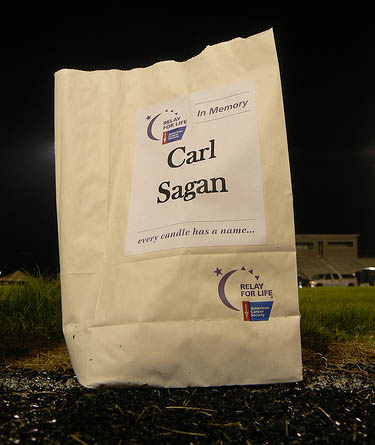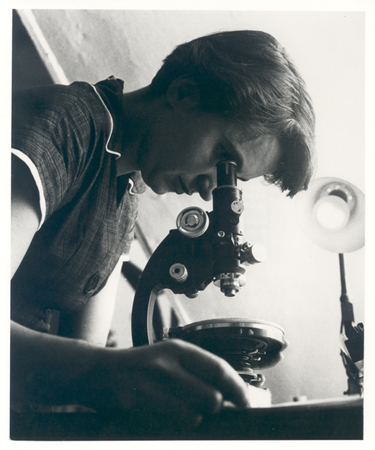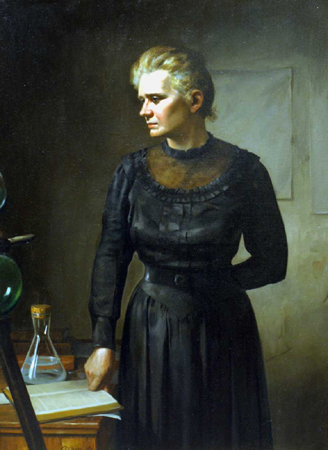Vicky introduced me to the Relay for Life this year, an all-night fundraising event where teams raise money for the American Cancer Society. We brought some of the neighborhood kids to the event, and much fun was had by one and all. The most impactful moment of the night for me was the Luminaria Ceremony, where a seemingly endless list of the names of people who have died from or are currently surviving cancer is read. The names Patrick Swayze and Farrah Fawcett both came up, and that added to the impact, but also a name I that took me by surprise; although, it shouldn’t have:
 Carl Sagan Luminary |
Carl Sagan, my biggest hero, died of pneumonia after a two-year battle with bone marrow cancer on December 20, 1996. There is a memorial to Sagan on the planet Mars, where the marker displays a quote from him that reads, “Whatever the reason you’re on Mars, I’m glad you’re there, and I wish I was with you.” I envy the future humans who will get to see that monument in person.
 Rosalind Franklin Credit: MRC Laboratory of Molecular Biology |
This very thoughtful luminary made me think of another scientist who died of cancer who I would like to see honored. Rosalind Franklin, who’s 1952 Photo 51 captured the basic structure of the DNA molecule, performed her research spending long hours directly in front of an X-ray beam, which almost certainly led to the ovarian cancer that ultimately killed her and prevented her from receiving the Nobel Prize with Francis and Crick for deciphering the molecule1.
 Marie Curie Credit: Dibner Institute for the History of Science and Technology |
Physicist and chemist Marie Curie also deserves a note here. She was awarded two Nobel prizes, one for her research into radiation (she coined the term “radioactivity”), and another for her discovery of the elements radium and polonium. She was the first woman to win a Nobel prize, the first person to win two of them, and one of only two people to have been awarded two Nobels in two different fields. Curie died of aplastic anemia, an illness where bone marrow does not produce sufficient new cells to replenish blood cells, a condition certainly brought on by her over-exposure to radiation; however, she deserves mention here because it was under her direction that the world’s first studies were conducted into the treatment of cancers using radioactive isotopes. Today the United Kingdom charitable organization Marie Curie Cancer Care bares her name in honor of her achievements.
Even if you don’t have anyone close to you who has died of cancer or is currently wrestling with the disease, you could donate money toward a luminary for one of these visionary pioneers whose lives were cut short by it.
1 It is unknown if she would have actually received the prize, but she did deserve to share in it; unfortunately, they do not award the Nobel posthumously.
Note: The Carl Sagan Appreciation Society (this is a staging version of the site) works to maintain Sagan’s incredible legacy.
Comments
2 responses to “Luminaries for Scientists at the Relay for Life”